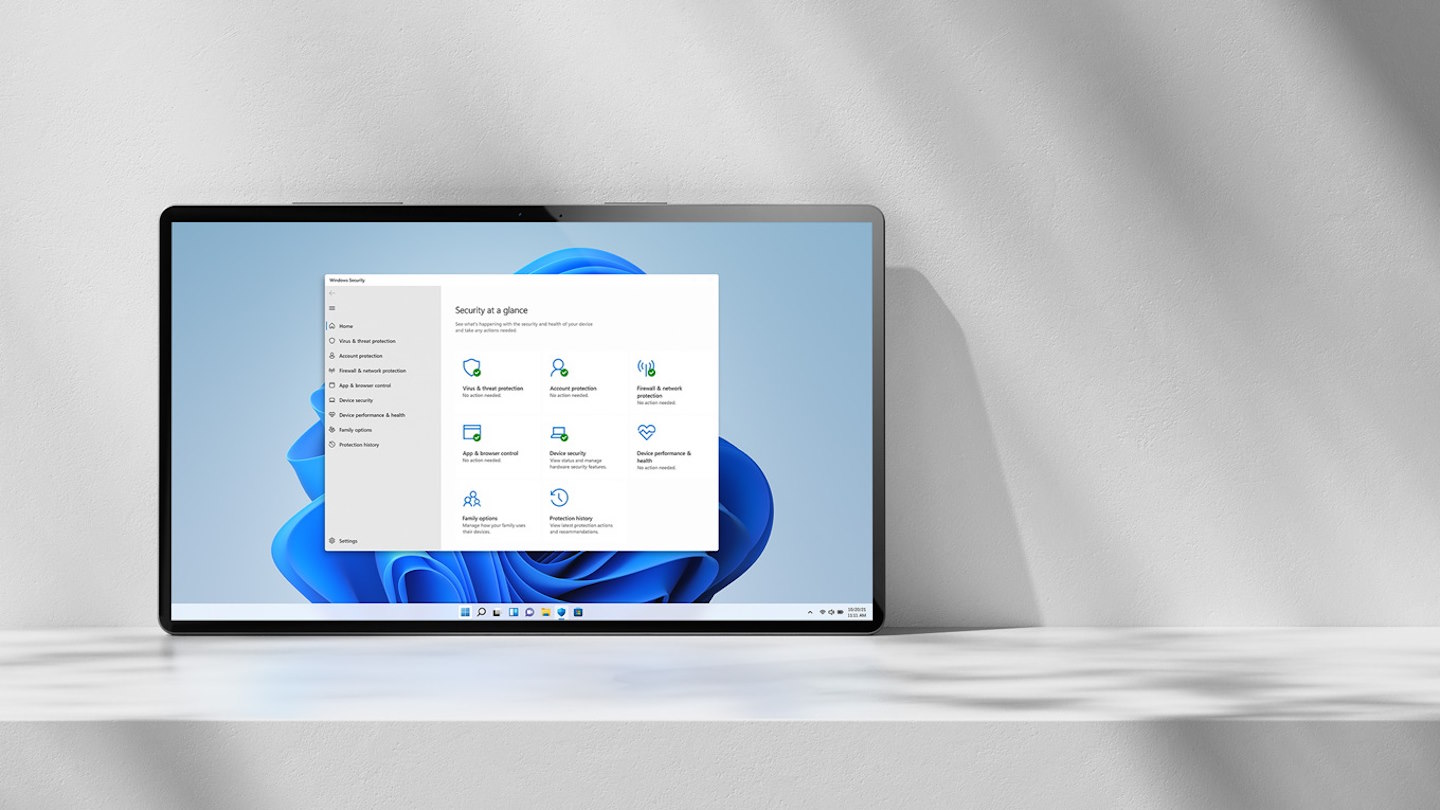
Securing Your Windows Device: Enhancing Protection with Network Protection
Introduction
While Windows provides a reasonably secure environment, the vast expanse of the internet poses significant risks from malware and other malicious entities. To mitigate these threats, it is imperative to leverage the built-in antivirus capabilities of Windows. Beyond the familiar SmartScreen feature, which screens websites and downloads, Network Protection offers a comprehensive layer of defense against suspicious and malicious network traffic.
Network Protection: A Comprehensive Network Guardian
Network Protection, an integral component of Windows, plays a pivotal role in protecting your device by continuously monitoring network traffic across all applications and processes. It meticulously checks internet data against Microsoft’s exhaustive reputation database, identifying and flagging suspicious or malicious websites and files. This proactive approach ensures that your system remains shielded, even during activities beyond Edge browser usage, where SmartScreen’s protections are primarily focused.
Enabling Network Protection: A Step-by-Step Guide
By default, Network Protection is not activated on Windows, necessitating manual configuration through PowerShell with administrator privileges. Before proceeding, ensure that the following prerequisites are met:
- Windows 10 (version 1709 or later) or Windows 11
- Microsoft Defender Antivirus enabled
- Internet connection
- Firewall enabled
PowerShell Commands for Network Protection Management
Once the aforementioned conditions are satisfied, follow these steps to access PowerShell:
- Right-click on the Start menu and select "Terminal (Admin)" to launch PowerShell as an administrator.
- Check the current status of Network Protection using the command:
Get-MpPreference | Select-Object EnableNetworkProtection
- If the response displays "0" (Disabled), proceed to enable Network Protection using the command:
Set-MpPreference -EnableNetworkProtection Enabled
- To disable Network Protection, use the command:
Set-MpPreference -EnableNetworkProtection Disabled
Data Collection and Privacy Considerations
When utilizing Network Protection, some anonymized data is transmitted to Microsoft for performance monitoring purposes. If this raises privacy concerns, you can disable anonymous performance data collection using the command:
Set-MpPreference -DisableNetworkProtectionPerfTelemetry $true
Advanced Configuration via Group Policy Editor
For further customization of Network Protection, access the Group Policy Editor by searching for "gpedit" in the Start menu. Navigate to the following path:
Local Group Policy > Computer Configuration > Administrative Templates > Windows Components > Microsoft Defender Antivirus > Microsoft Defender Exploit Guard > Network Protection
1. Setting: "These settings control whether Network Protection is allowed to be configured into block or audit mode on Windows Server."
This setting is only relevant to Windows Server versions. Ignore it if your device does not fall into this category.
2. Setting: "Prevent users and apps from accessing dangerous websites."
Enable this setting to gain access to three additional options:
- Disable (Default): Network Protection remains inactive.
- Block: Prevents access to dangerous websites.
- Audit Mode: Detects suspicious traffic but allows access to dangerous websites. Windows Event Log entries are generated for potential issues.
Switch to "Block" mode if you desire active protection against malicious websites.
Potential Impact and Troubleshooting
Network Protection may occasionally interfere with the proper functioning of certain applications. To address this, consider using Audit Mode initially. Monitor the Windows Event Log for any messages regarding failed connections. If no issues are identified, you can confidently switch to "Block" mode for optimal security.
Conclusion
Network Protection is an indispensable tool in the arsenal of Windows security features. It continuously safeguards your device by monitoring network traffic, protecting you from a wide range of online threats. By following the steps outlined in this article, you can easily enable and configure Network Protection to enhance the overall security posture of your Windows device.
